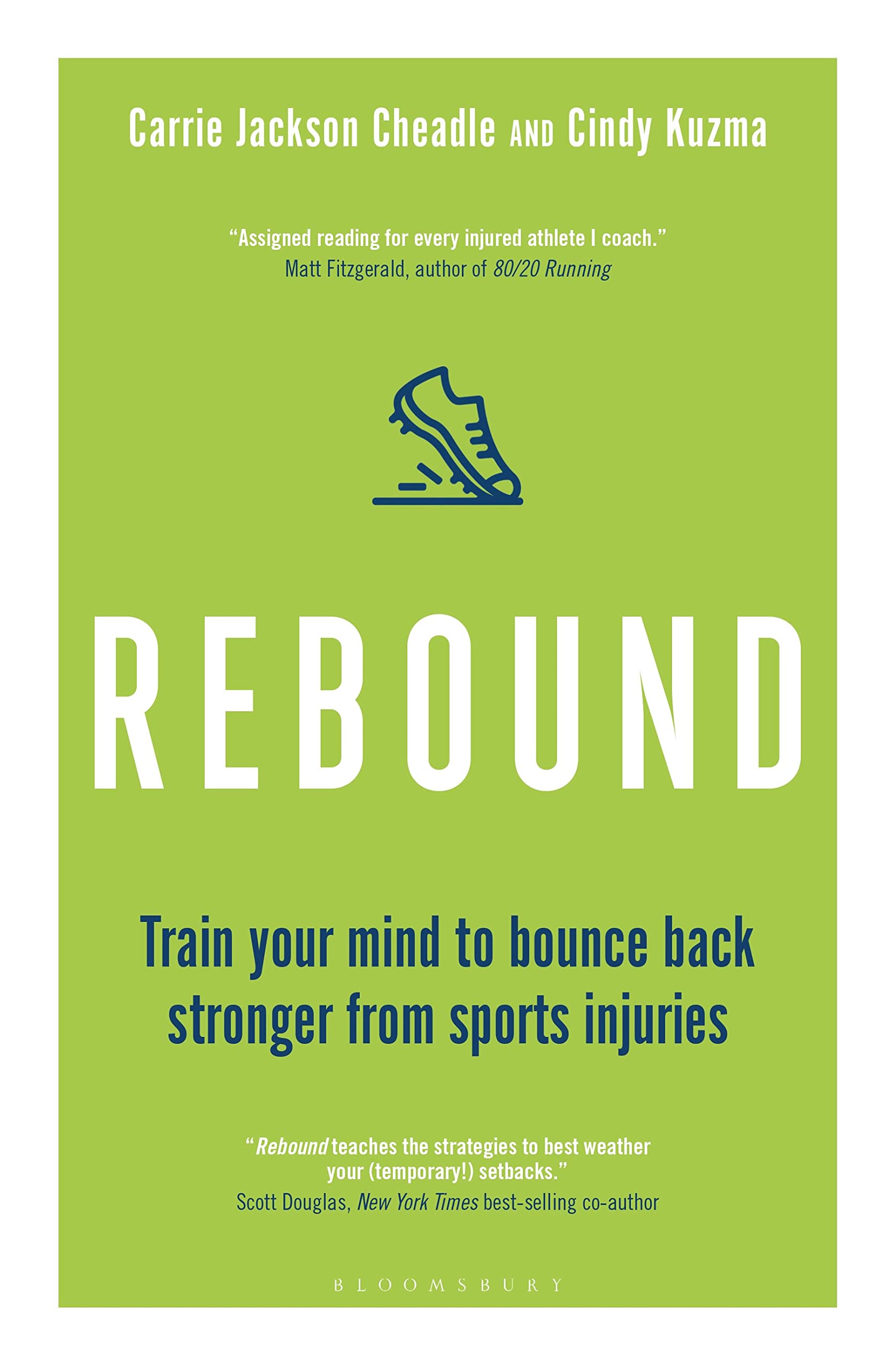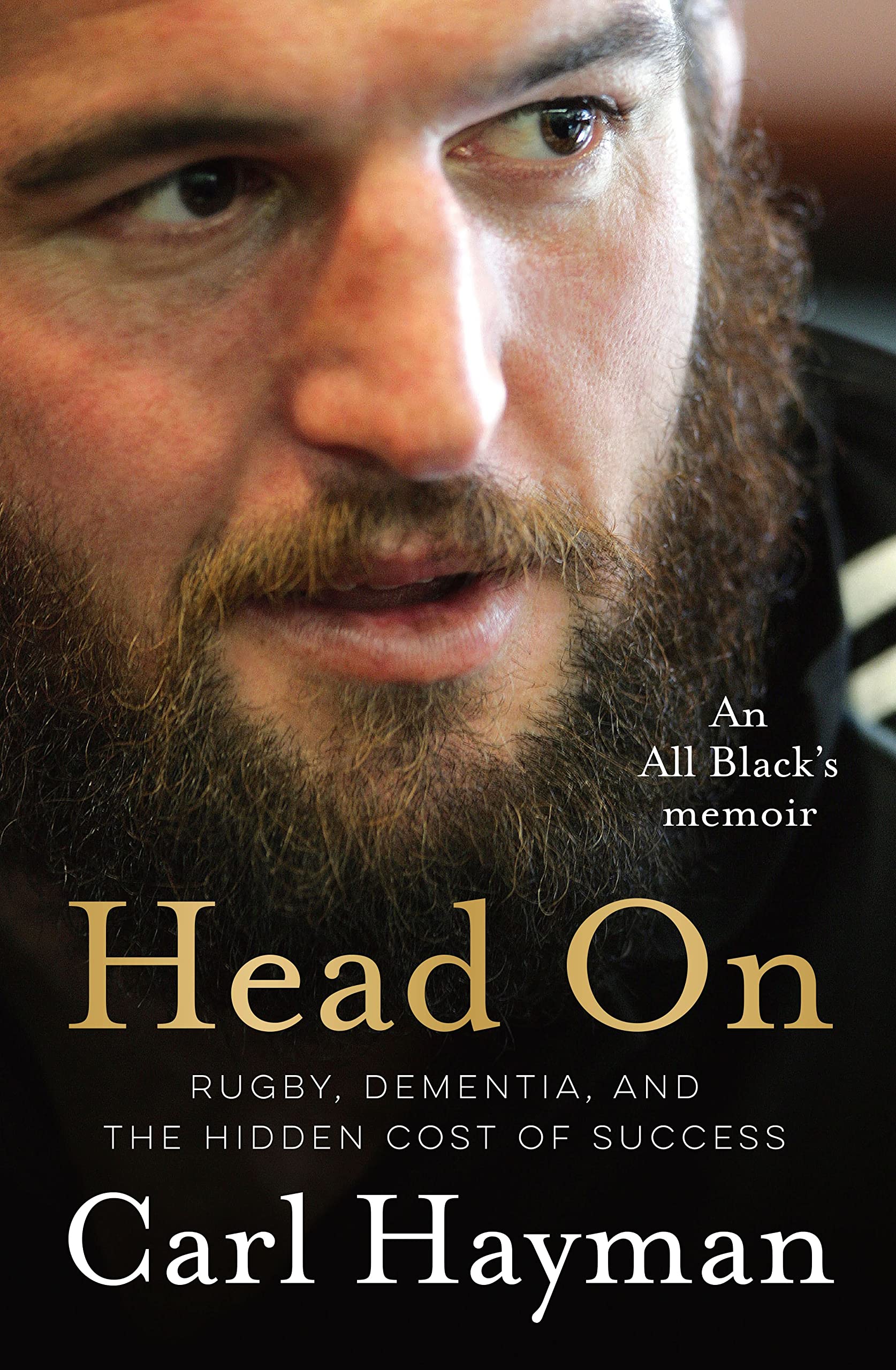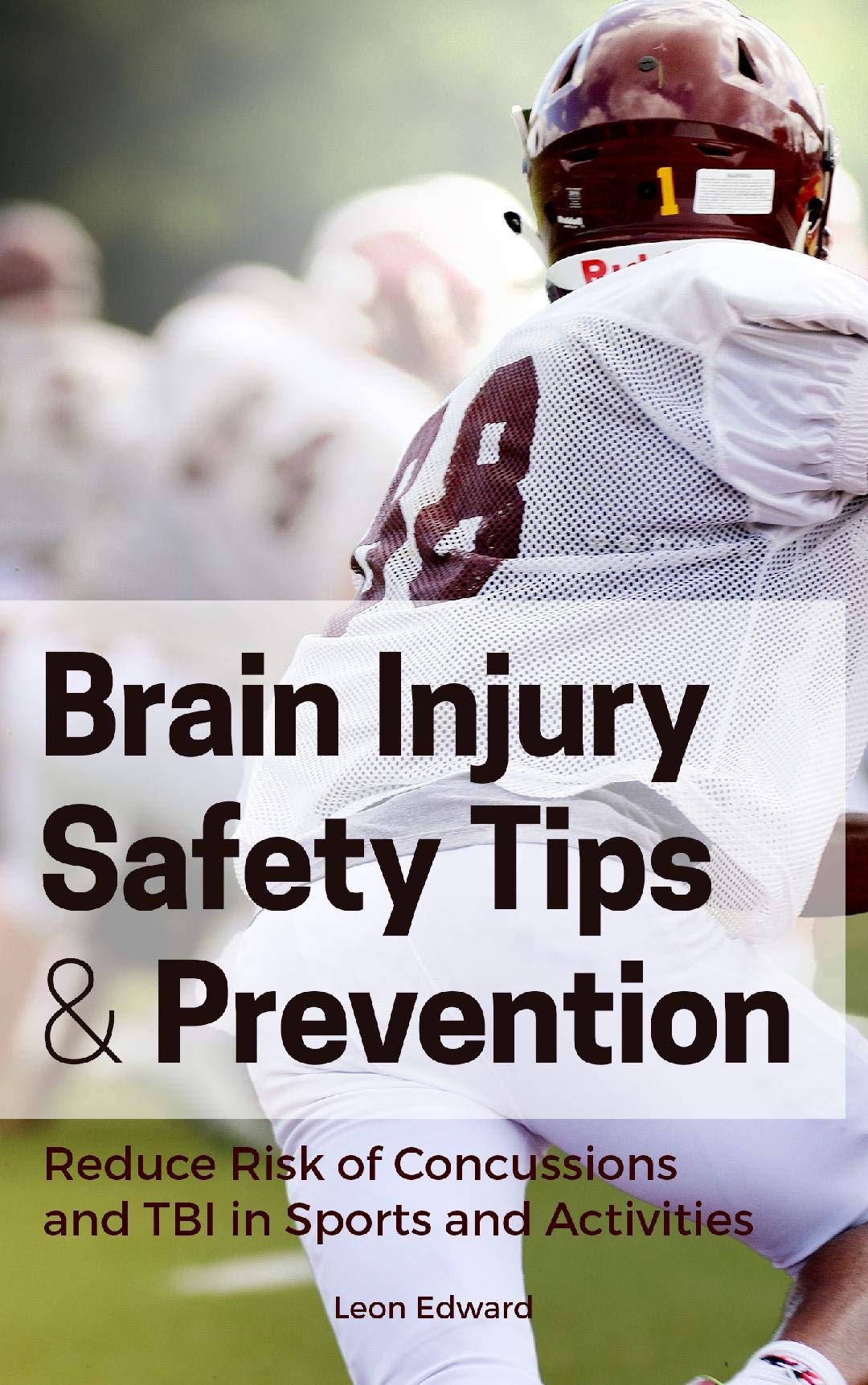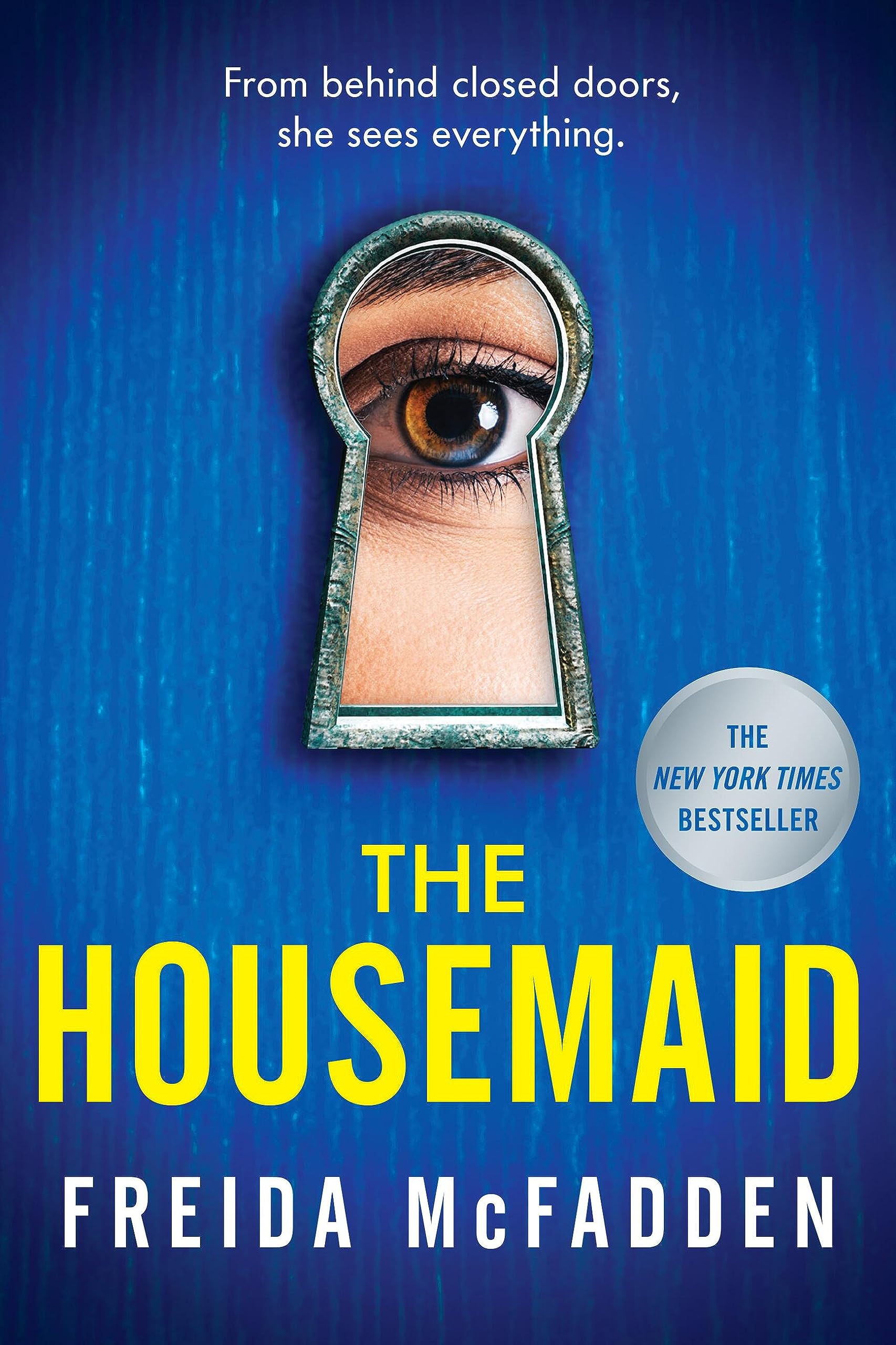Baseball is a sport that demands agility, speed, and power, leading players to potential injuries. Understanding these injuries and how to recover is crucial for both players and coaches. Books on baseball injuries and recovery offer insights into prevention and rehabilitation, helping you stay in the game.
When exploring these books, consider the author’s expertise, the book’s focus, and practical advice offered. Look for guides that provide clear tips and verified methods to enhance recovery and improve performance. Insights from well-respected medical professionals or seasoned coaches can provide significant value.
Choosing the right book involves balancing depth of information with readability. Ensure the content aligns with current medical standards and supports your fitness goals. The perfect book will equip you with knowledge to care for your body and boost your game.
Top Books on Baseball’s Injuries and Recovery
You’re about to discover some of the best books on dealing with injuries in baseball and how to recover from them. These reads will provide you with valuable insights from experts in the field, making them essential for anyone interested in the sport.
Rebound: Bounce Back from Sports Injuries
This book offers practical support for athletes looking to recover mentally and physically from sports injuries.
Pros
- Provides actionable steps for recovery
- Addresses mental hurdles athletes face
- Useful for athletes of all sports
Cons
- Focuses more on mental recovery than physical
- May not suit those seeking quick fixes
- Some strategies may not apply to everyone
Athletes looking to recover from injuries will find this book helpful. It offers strategies to train your mind alongside your body, making the recovery process smoother. The tips here guide you through emotional and psychological challenges, making you feel less alone in your struggles.
The book’s approach mixes real-life stories with clear advice, showing you that your feelings are normal when injured. It’s an excellent resource for those wanting to strengthen mental resilience while working through physical recovery. Whether you’ve faced a minor or significant injury, it’s full of insights to help you get back in the game.
One downside is that it leans more toward mental recovery techniques, which might not be for everyone. Though it’s comprehensive in addressing injuries, make sure to pair it with physical recovery methods. Overall, it’s a supportive guide for athletes dealing with setbacks.
Head On: An All Black’s Memoir
A thoughtful read that highlights the challenges faced by athletes, making it a valuable choice for anyone interested in the hidden costs of sports success.
Pros
- Captivating personal story
- Honest insight into athletic challenges
- Strong emotional impact
Cons
- Primarily focused on rugby
- Might not directly address baseball
- Narrative may feel heavy at times
This book offers a moving glimpse into the world of rugby, exploring the physical and mental toll it has on players. It dives deep into the personal experiences of an athlete, shedding light on issues often left unspoken in the sports world.
With raw honesty, the memoir captures the struggles and triumphs beyond the field. You’ll appreciate the candid discussions about injuries and the price of success, though the primary focus is on rugby.
While it might not concentrate solely on baseball, the themes of resilience and recovery are universal and relevant to many sports, making it an insightful read for a wide audience.
Brain Injury Prevention Book
This book may be a useful resource if you’re interested in reducing the risk of concussions in sports and learning about brain injury recovery.
Pros
- Offers practical safety tips for sports.
- Focuses on concussion prevention and reaction steps.
- Useful for athletes and coaches concerned with safety.
Cons
- Limited to just 88 pages, which may lack depth.
- Not suitable for advanced sports medicine professionals.
- Ratings and reviews are minimal, posing a challenge for buyer confidence
It’s crucial to arm yourself with as much information as you can, especially when it comes to sports safety. This book aims to provide actionable advice on preventing and reacting to brain injuries in sports. The focus is on concussion risks and what steps you can take to ensure player safety.
The book is concise, packing vital information into its 88 pages. Although it might not delve deeply into complex medical jargon, it makes the information accessible to both athletes and coaches. You can follow practical steps to improve safety on the field.
While the content is straightforward, some may find the book’s brevity a drawback. It may not cater to those seeking an in-depth analysis of brain injuries, but it serves as a good starting point for beginners. If you’re looking for a basic understanding of brain injury prevention in sports, this could be an option to consider.
The Housemaid
This gripping thriller keeps you hooked with its twists and suspenseful storyline, making it a worthwhile read.
Pros
- Engaging story with unexpected plot twists
- Fast-paced narrative that holds your attention
- Strong female characters add depth to the story
Cons
- Some readers felt character development lacked depth
- Might not appeal if you prefer slower-paced stories
- Occasional predictability in plot
“The Housemaid” by Freida McFadden provides a thrilling ride from the very first page. If you enjoy a novel with suspense and unpredictability, this might be a great addition to your reading list. It captivates with unexpected turns, keeping you engaged throughout.
The novel’s pacing and cliffhanger endings create a page-turner vibe. You’ll find yourself eager to know what happens next. While the book is fast-paced, there are moments where it may feel a bit predictable, but these are few and far between.
Character depth might not be as strong as the plot itself, yet the storyline compensates with its intensity. This book is suitable if you’re on the lookout for something thrilling and easy to read.
Buying Guide
When selecting a book about baseball injuries and recovery, consider a few factors to ensure you find the right one for your needs.
Purpose
Different books have different focuses. Some provide medical insights, while others share personal stories of recovery. Determine whether you’re seeking practical advice, inspirational stories, or medical knowledge.
Audience
Books can be aimed at players, coaches, or medical professionals. Look at who the book is intended for to find one that matches your interests and level of expertise.
Author’s Background
Review the author’s credentials. Authors with experience in sports medicine or a history in professional baseball may offer valuable insights.
Content Depth
Some books provide in-depth analysis, while others offer a more general overview. Consider what level of detail you need.
Publication Date
Baseball injuries and recovery techniques evolve over time. Check the publication date to ensure the information is current.
| Feature | What to Look For |
|---|---|
| Detailed Images or Diagrams | Helps in understanding complex techniques |
| Case Studies | Provides real-world applications |
| Step-by-Step Guides | Useful for practical application |
Take time to explore reviews from other readers. Feedback can give you an idea of the book’s strengths and weaknesses.
Online Previews
Look for books that offer a preview online. Browsing a few pages can help you decide if the style and content suit your needs.
- Biographies
- Current Baseball Players
- Current Players by Team
- Players that Retired in the 2020s
- Players that Retired in the 2010s
- Players that Retired in the 2000s
- Players that Retired in the 1990s
- Players that Retired in the 1980s
- Players that Retired in the 1970s
- Players that Retired in the 1960s
- Players that Retired in the 1950s
- Players that Retired in the 1940s
- Players that Retired in the 1930s




